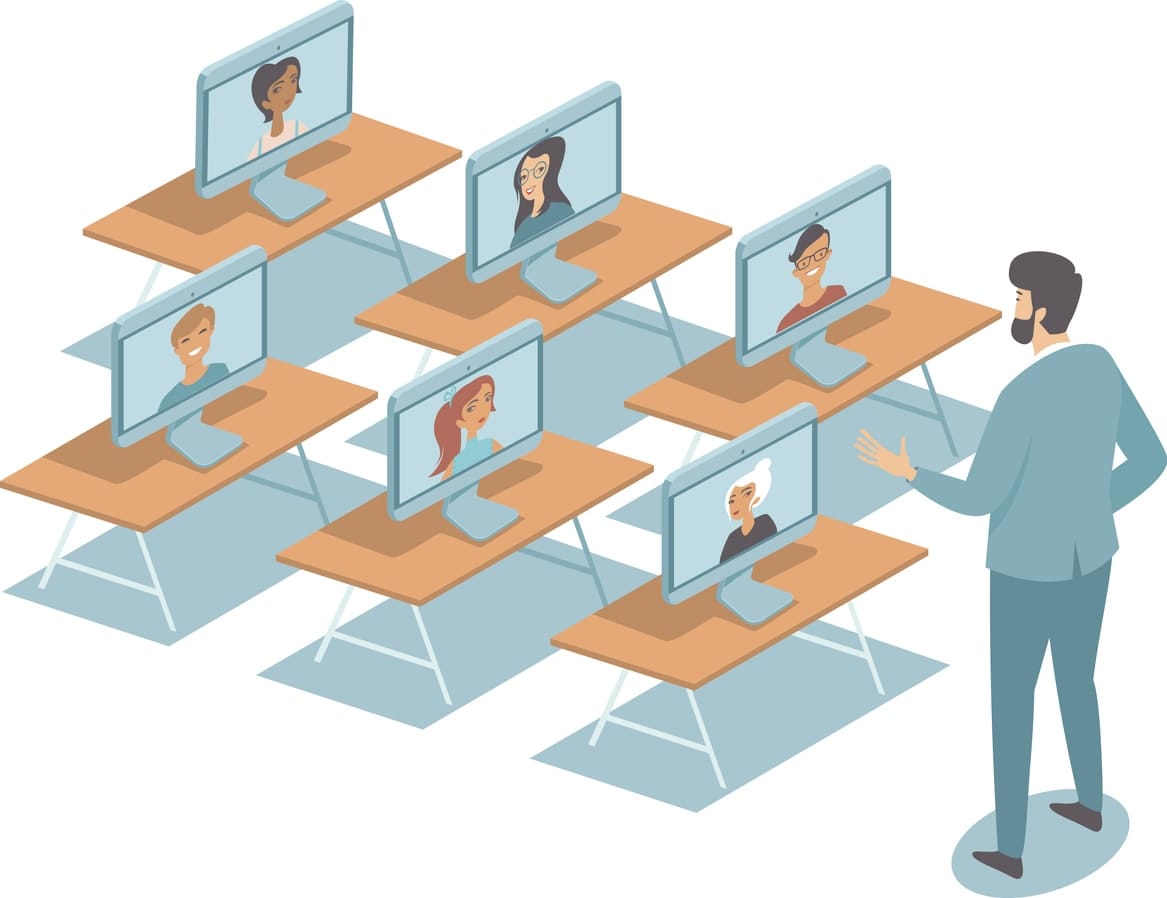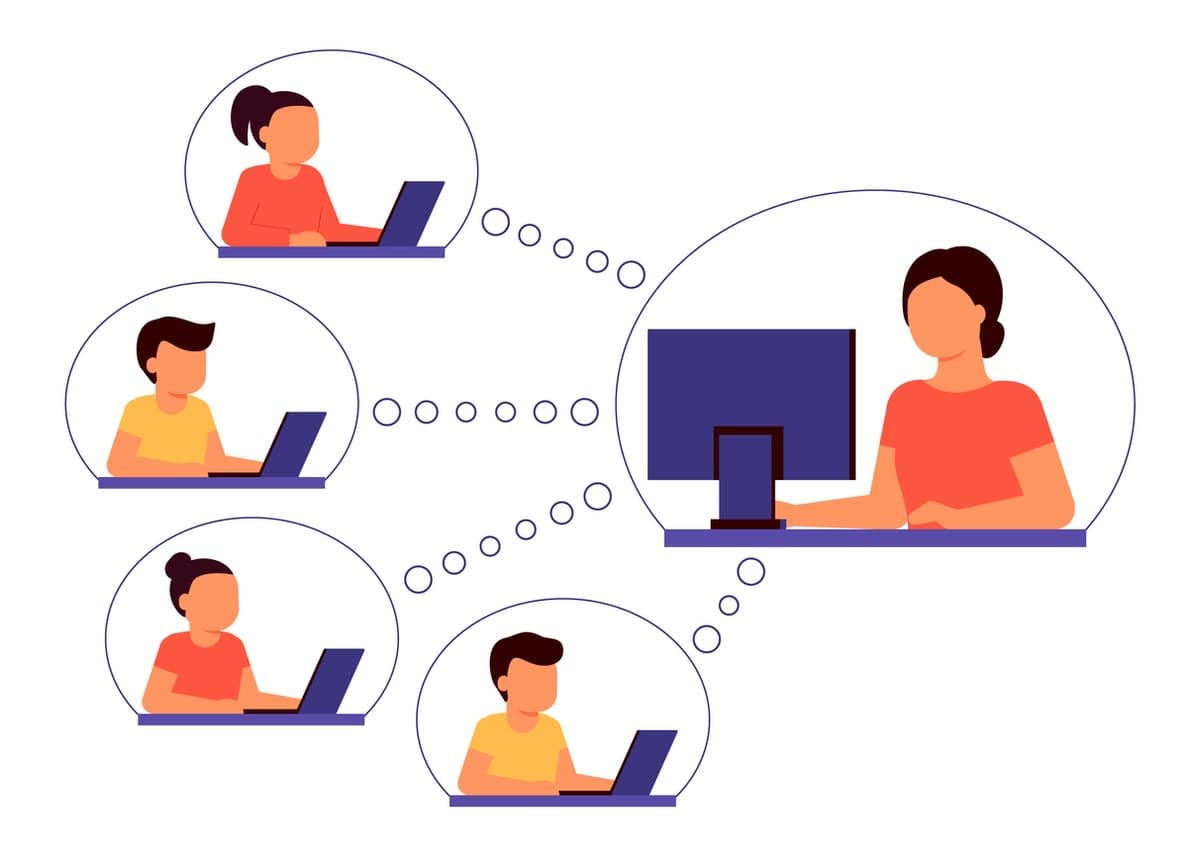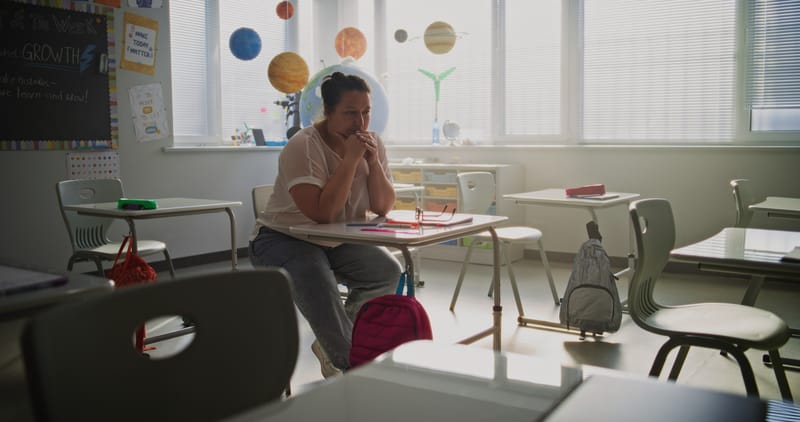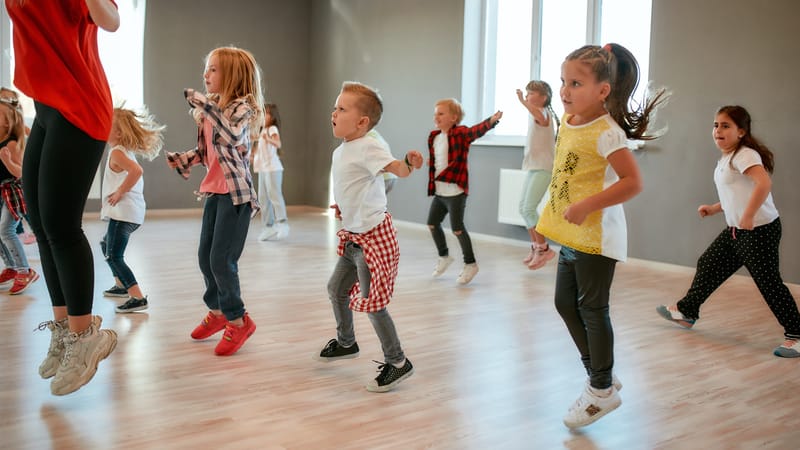
The importance of teacher-student relationships in the classroom, and the impact it has on students’ success, is acknowledged. Remote/online learning – in primary, secondary and higher education institutions – has challenged how we’ve traditionally created strong relationships and positive learning environments.
Yet, those learning environments – whether face-to-face or online – are created by people. They cannot be replicated with the click of a button, and they can’t be standardised. They’re uniquely crafted, imbued with emotion and humanity, built through, and utterly dependent upon, relationships.
As four lecturers from Monash’s Faculty of Education, we reflect here on our experiences of teaching in an enforced online situation – how we attempted to address teacher-student relationships, and maintain connections with our students.
The world of online relating is here to stay for the foreseeable future. Our lessons from the online classroom provide insights for all of us as we seek sustainable ways to connect with teachers, students, work colleagues, family members, and even blooming romances.
We introduce four principles, drawn from our online teaching experience, for how to approach online relationships: acting with intention; humanising the online experience; attending to emotions; and bringing ourselves to the online space.
Acting with intention
The relative ease of relating in person is missing online. We can’t read the Zoom room as accurately as we can the physical room. It’s more difficult to convey warmth and welcome. What emerges in-person mostly effortlessly – from a smile or glance – now needs to be created. With intention.
We need ways to convey the taken-for-granted bits. As the teacher, there’s benefit to surfacing and naming what’s behind our pedagogical actions, as well as attuning our ear more intentionally to what our students have to say, while we recognise – in perhaps more honest ways than in person – that we can’t have the whole picture.
As an example, circle discussions can be facilitated, with students named as co-creators of knowledge. Students pass the microphone person-to-person to share their experiences and insights on the topic in question.
Online relating requires us to proactively name relationships as central – to whatever activity we’re undertaking – and to build in explicit ways to nurture connection.

Humanising the online experience
In teaching, it’s important to connect what students are learning with their life experiences and the world around them. This makes learning both relevant and personal.
With the transition to online learning, we knew some students would struggle to engage. In order to humanise students’ online learning experience, an effort was made to provide opportunities for students to connect, share and “talk”, linking their personal experiences with what they were learning.
Read more: We are with you: Parents share their teaching and learning lessons from the lockdown
Students were provided extra opportunities to “talk” and connect in a range of interactive platforms. Variety has been key in order to satisfy student learning preferences – providing both one-on-one consultations with their teacher, small-group discussions with peers (with or without the teacher), online discussions, and social media discussions.
COVID-19 has impacted our daily routines and human interactions – the very things that used to make us feel normal. However, we’ve learnt that our online experiences can provide valuable opportunities to meaningfully connect with others – if we choose to create the space for them.
Attending to emotions
As we seek to humanise online spaces, emotions cannot, and should not, be ignored. By attending to emotions, we can maintain meaningful connections within the virtual space.
From the beginning of our teaching, we noticed that our students’ emotions were directly and indirectly impacted by the COVID-19 crisis, which in turn influenced their learning and connections in the online platform.
It was important to acknowledge these emotions and carefully plan them into the lessons, rather than treat them incidentally.
At the beginning of the tutorials, students would share their emotional states through an informal anonymous survey, which gave them the message that we cared about them and their emotional states. Running the same survey at the end of the tutorial helped students become cognisant of any positive changes in their emotions.
It was also a chance for us to see if we had been effective in creating changes by discussing or acknowledging any high-running negative emotions communicated at the beginning.

Bringing ourselves to the online space
Teaching online through a narrow Zoom portal, often talking “to” black squares with a series of student names emblazoned across the screen, no way of knowing who’s engaging and listening, who’s sleeping and snoring…
While many of our students are hidden from the teacher’s “gaze”, as a teacher trying to facilitate online learning, we found reorienting our teacher personality online the biggest struggle.
Initially, we found focusing on the content and online activities with which we were trying to engage students lacked the spontaneity and personality developed over years of face-to-face teaching. It took several months of online teaching to realise that was a key missing variable of the online teaching – us!
Read more: Inclusive education during COVID-19: Lessons from teachers around the world
Whatever online space you’re engaged in, it’s imperative your online presence isn’t reduced to a generic and anonymous persona – allow your personality to be present, however that might look for you.
COVID-19, in its upheaval of our usual ways of relating, has made us acutely aware of the nature and quality of our connections.
As we, as lecturers, have navigated through these past months of online learning, we offer these insights for all our online relationships – with intentionality, keep the online space human by bringing a sense of self and attending to the emotions of those within the environment.





